The roof is an important structural element of any building. It protects the house from the effects of precipitation and wind, and therefore must be erected in accordance with all the rules. A significant step in the construction of a roof made of metal is the laying of a waterproofing layer. Today we will tell you why you need to protect the roof from moisture, what materials are used in this case, and also give detailed installation instructions.
Content
Purpose of waterproofing
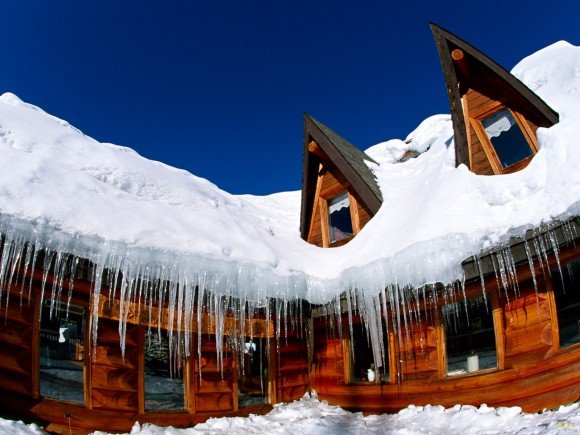
Waterproofing a roof from a metal tile is necessary for several reasons. The main one is protection against moisture that destroys building materials, especially metal products. By moisture is meant not only water, but also condensate formed due to temperature changes.
Fest-reyd takes a comprehensive approach to waterproofing. You can contact for any reason - everything will be decided quickly and efficiently.
Therefore, the role of waterproofing in the construction of a roof with a flooring of metal is as follows:
- does not allow water to penetrate under the roof;
- prevents the accumulation of moisture in the insulation and, as a result, extends its service life;
- prevents contamination of under-roof voids.
Waterproofing ensures the safety of the roof and the entire building for many years.
Types of materials
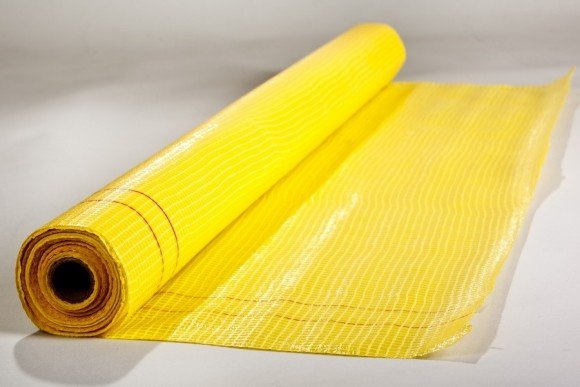
The waterproofing of a metal roof should be taken very seriously and it is worth starting with the choice of material. Roll materials such as roofing material are best avoided. They are not able to provide sufficient protection against wind and moisture for a long time, especially with increased environmental exposure. Their service life often does not exceed 5 years.
For pitched roofs, film insulation is ideal. Today, the most reliable way to protect a roof from a metal tile is to install a reinforced hydrobarrier. It is an ordinary polyethylene film, reinforced with a strong polyester mesh, and has micro-holes that allow steam to rise from inside the building. This point is especially important if it is planned to equip a residential attic in the attic. In addition, if glass wool was chosen as the insulation material for the roof, then the use of a reinforced hydrobarrier is especially important, because the cotton wool needs constant ventilation. The membrane film perfectly protects the insulation and frame of the roof, preventing the appearance of moisture and fungus. Manufacturers claim that such waterproofing can last 50 years, in fact, like modern metal tiles.
As for the "cold roofs", they also require protection. If the roof is not heated, then roofing material is allowed to be used as a substrate.
Important: In a warm roof, waterproofing and insulation are laid in the plane of the rafters, in the cold - in the ceiling.
Preparation for installation
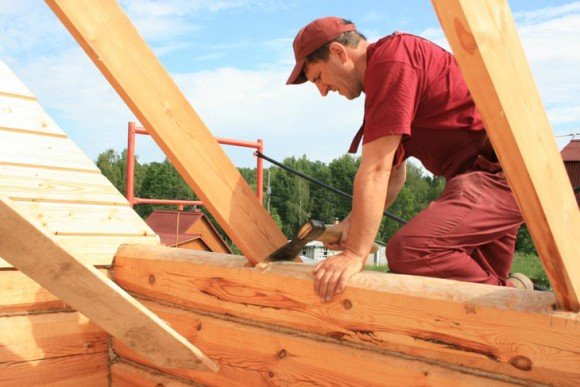
Before laying the waterproofing material, you need to carry out a series of preparatory roofing works. This stage is very important, because if you neglect it, even a well-made waterproofing will not save the situation. The following actions must be performed:
- The rafter system was installed according to design calculations.
- The cornice board is installed in the previously made grooves on the rafters, and the frontal board is also thoroughly nailed to the end of the rafters. These elements increase the rigidity of the structure.
- The installation of hooks under the gutters.
Tools for work
After all the preparatory work is completed and the waterproofing material is selected, you should decide on the tools necessary for the job. You will need:
- stainless steel nails or galvanized, with a big hat (for tight fastening);
- wide double-sided butyl - rubber tape;
- powerful furniture stapler. It will be needed to fix the insulation to the rafters;
- hammer. For the final fixation of the strip.
Stacking
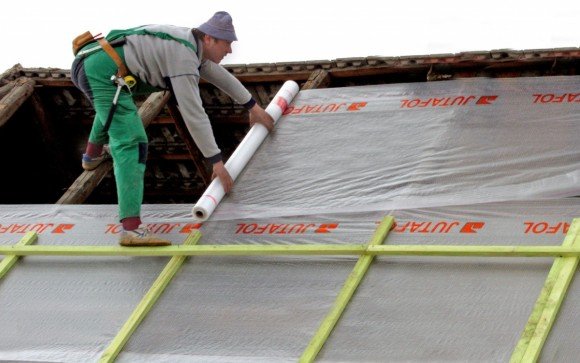
Installation can be done in one of the following ways:
- By horizontal rolling of the strip of film, i.e. parallel to the cornice. In this case, the material should be laid with a sag of more than 2 cm, but it should not come in contact with the insulation. The minimum overlap of the bands is 0.1 m. To ensure maximum air circulation between the flooring and insulation, the latter should be mounted on top of an additional super-railing counter-lattice (a square bar treated with an antiseptic, cross-section of 250 square meters).
- By rolling the film perpendicular to the cornice. The material is laid on a finished wooden crate and fixed with a stapler. Sagging film should be minimal. As in the previous case, the overlap is 0.1 m or more.
There is no particular difference in how to install the waterproofing and which side to lay the material on. We will consider the first option, since it was he who was more widely used. The order of the work is as follows:
- We lay the first strip along the cornice in the lower part of the roof (roll the roll across the rafters).
- We fasten the material with the help of a stapler to the brackets to the rafters. If the fasteners cannot be completed, then we use a hammer and nails.
- We lay the second strip (remember the overlap) and similarly fasten to the supporting system.
- We glue the joints of the strips with butyl - rubber tape.
- Next, the procedure is repeated. We lay the material to the very top of the roof.
- We fix the insulating flooring to the rafters with wooden blocks.
Important: Do not forget about the chimney, if any. In the plane of waterproofing around the perimeter, glue insulating material with a 15 cm inlet to the pipe.
What is waterproofing used for (video)
The durability of the structure depends on properly executed insulation no less than on the quality of installation of the roofing. To avoid complicated and expensive roof repairs, you only need to carry out roof waterproofing on time.

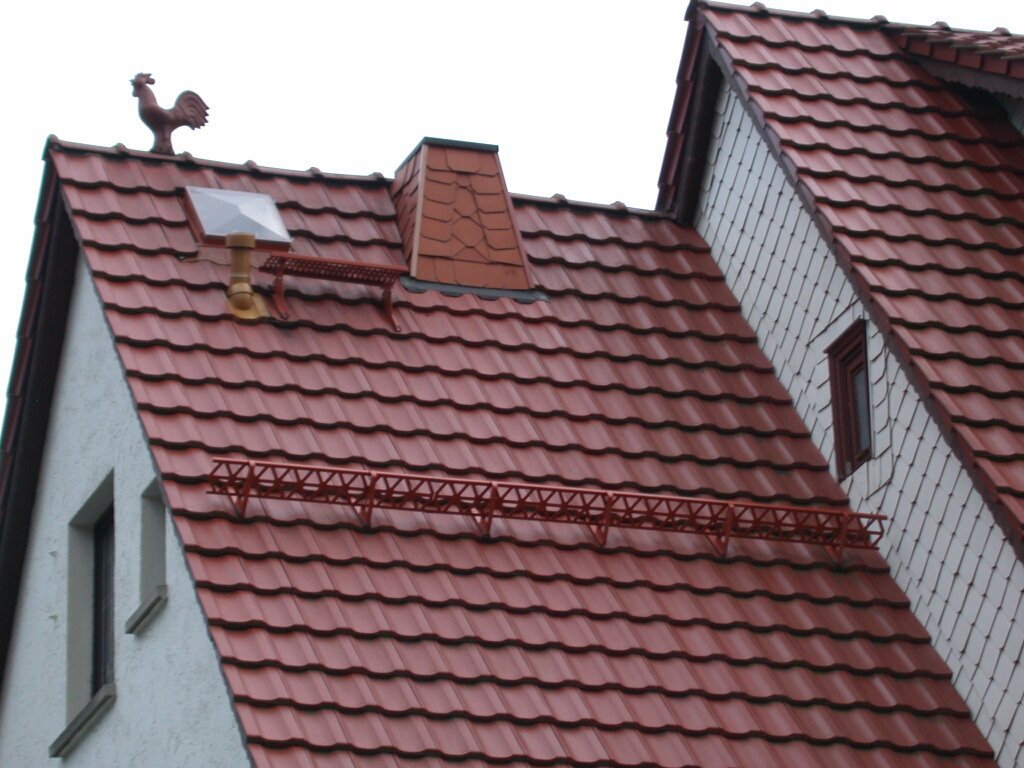



Alas, no comments yet. Be the first!